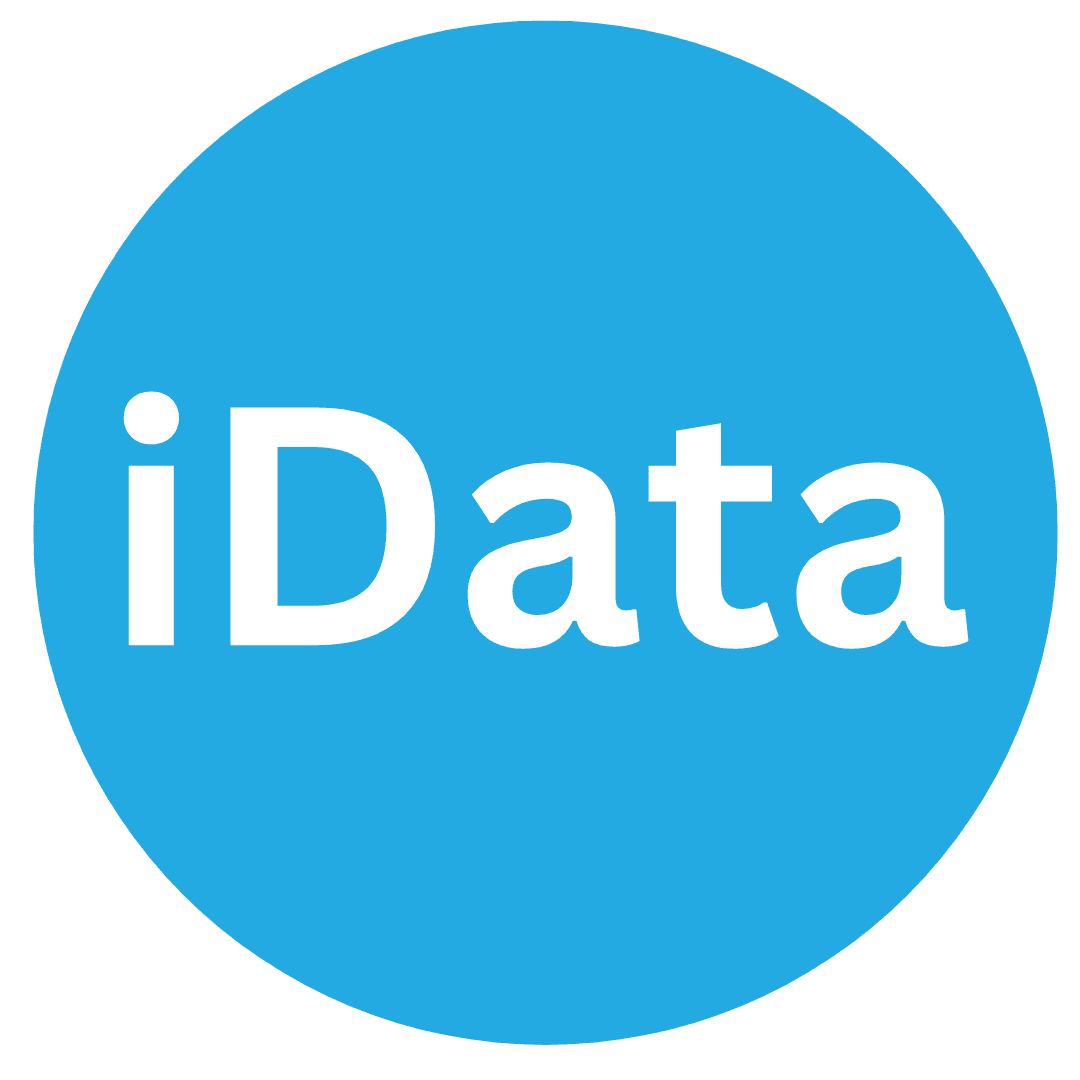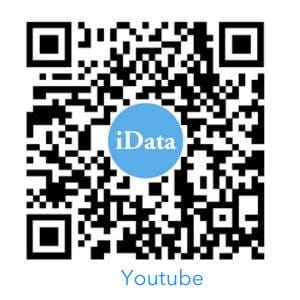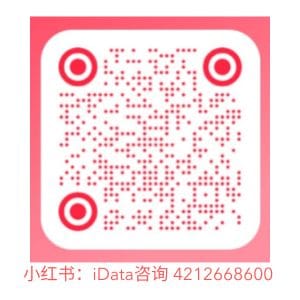Fraud analysis 欺诈分析
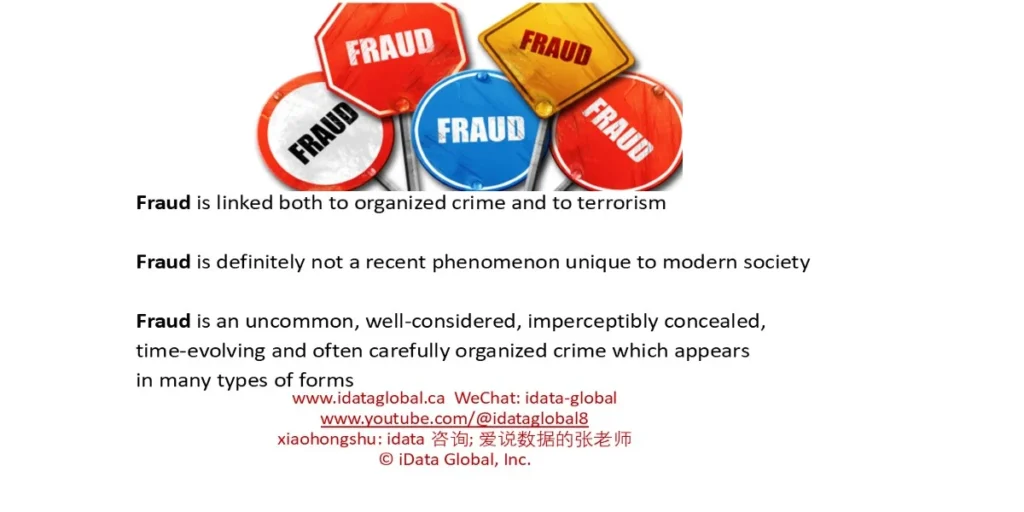
Fraud is linked both to organized crime and to terrorism
Fraud is definitely not a recent phenomenon unique to modern society
Fraud is an uncommon, well-considered, imperceptibly concealed, time-evolving and often carefully organized crime which appears in many types of forms
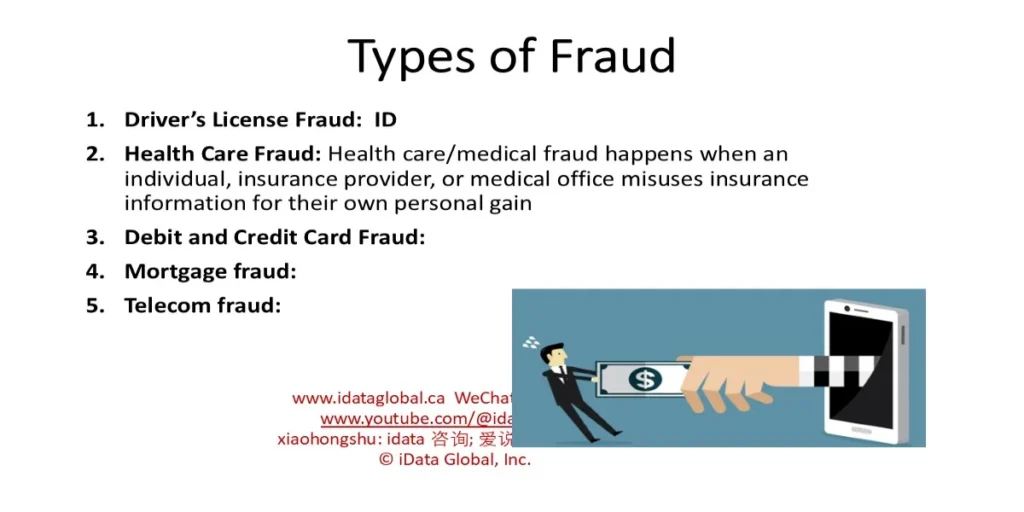
Types of Fraud
- Driver’s License Fraud: ID
- Health Care Fraud: Health care/medical fraud happens when an individual, insurance provider, or medical office misuses insurance information for their own personal gain
- Debit and Credit Card Fraud:
- Mortgage fraud:
- Telecom fraud:
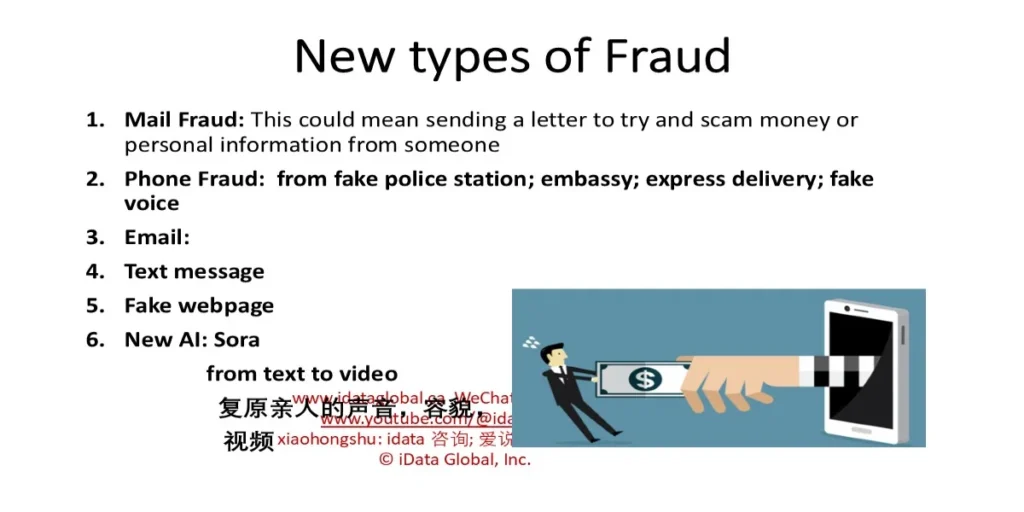
New types of Fraud
- Mail Fraud: This could mean sending a letter to try and scam money or personal information from someone
- Phone Fraud: from fake police station; embassy; express delivery; fake voice
- Email:
- Text message
- Fake webpage
- New AI: Sora from text to video复原亲人的声音,容貌,视频
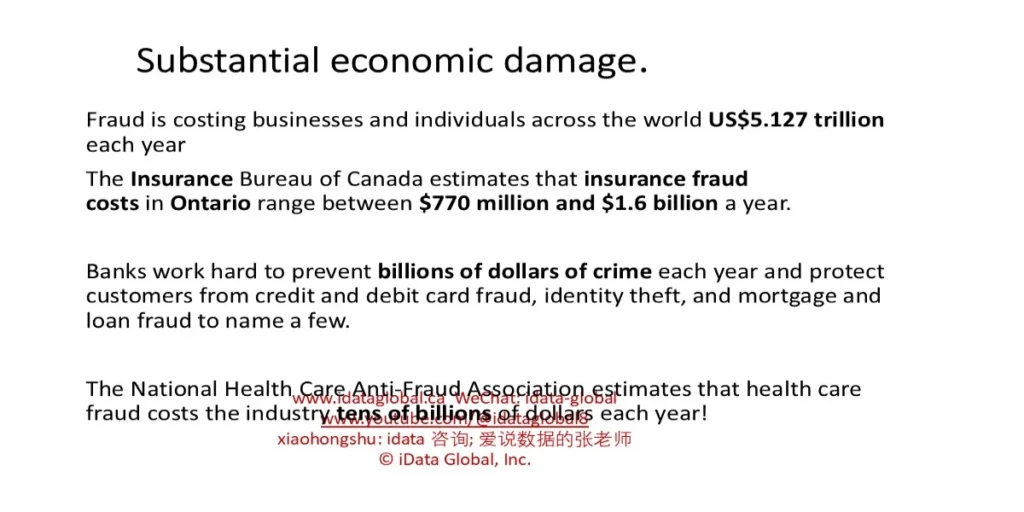
Substantial economic damage.
- Fraud is costing businesses and individuals across the world US$5.127 trillion each year
- The Insurance Bureau of Canada estimates that insurance fraud costs in Ontario range between $770 million and $1.6 billion a year.
- Banks work hard to prevent billions of dollars of crime each year and protect customers from credit and debit card fraud, identity theft, and mortgage and loan fraud to name a few.
- The National Health Care Anti-Fraud Association estimates that health care fraud costs the industry tens of billions of dollars each year!
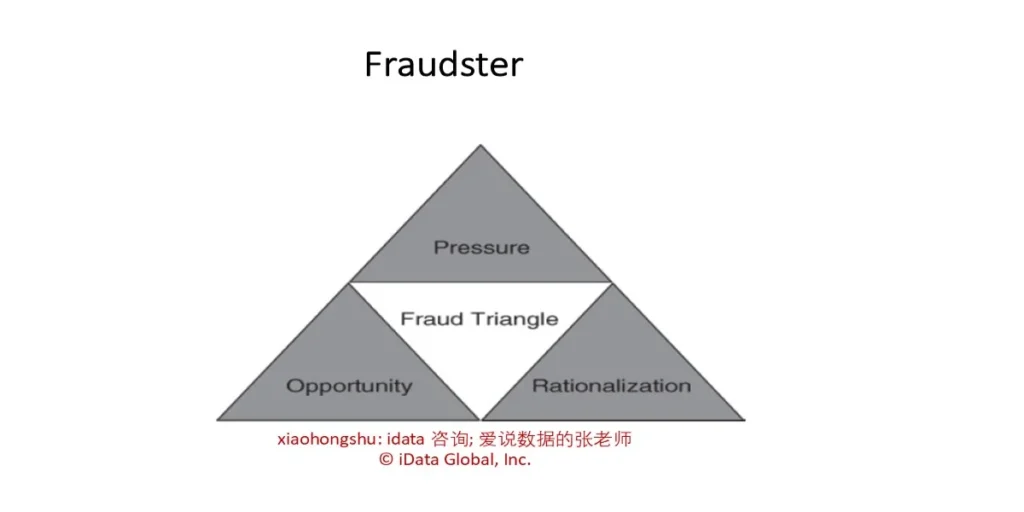
Fraudster
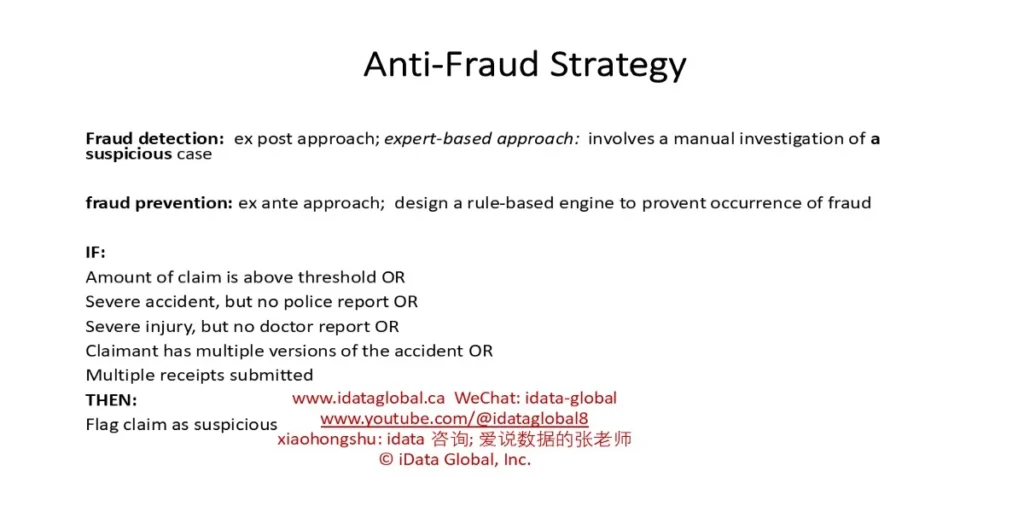
Anti-Fraud Strategy
- Fraud detection: ex post approach; expert-based approach: involves a manual investigation of a suspicious case
- Fraud prevention: ex ante approach; design a rule-based engine to prevent occurrence of fraud
- IF:
- Amount of claim is above threshold OR
- Severe accident, but no police report OR
- Severe injury, but no doctor report OR
- Claimant has multiple versions of the accident OR
- Multiple receipts submitted
- THEN:
- Flag claim as suspicious

Fraud Detection Techniques
- Unsupervised methods: deviates from normal behavior,
- Break-Point Analysis: a sudden change in account behavior.
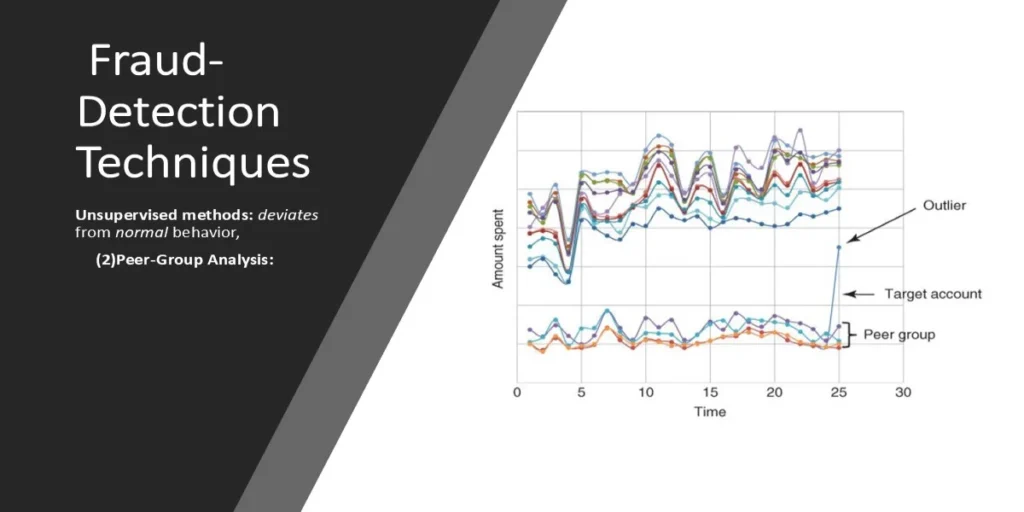
Fraud-Detection Techniques
- Unsupervised methods: deviates from normal behavior,
- Peer-Group Analysis:
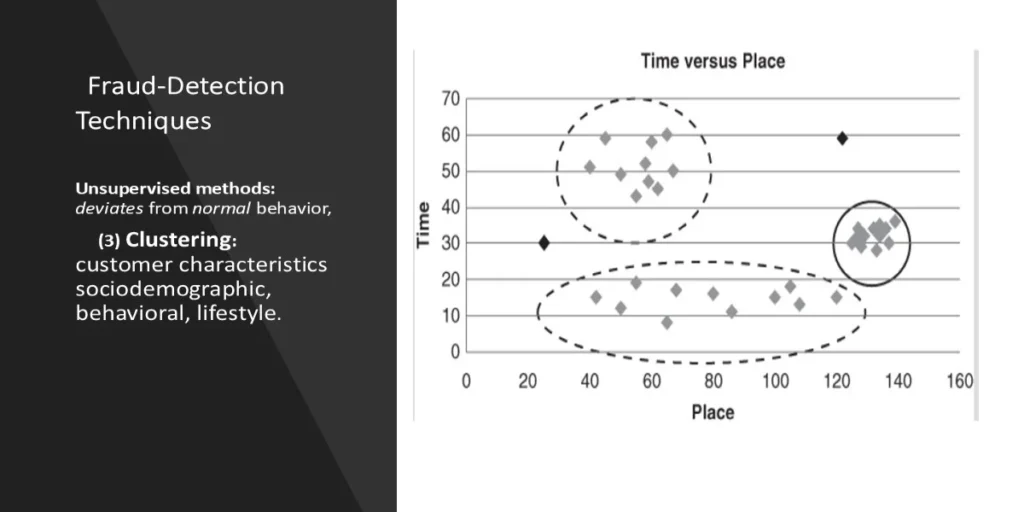
Fraud-Detection Techniques
- Unsupervised methods: deviates from normal behavior,
- Clustering: customer characteristics sociodemographic, behavioral, lifestyle.
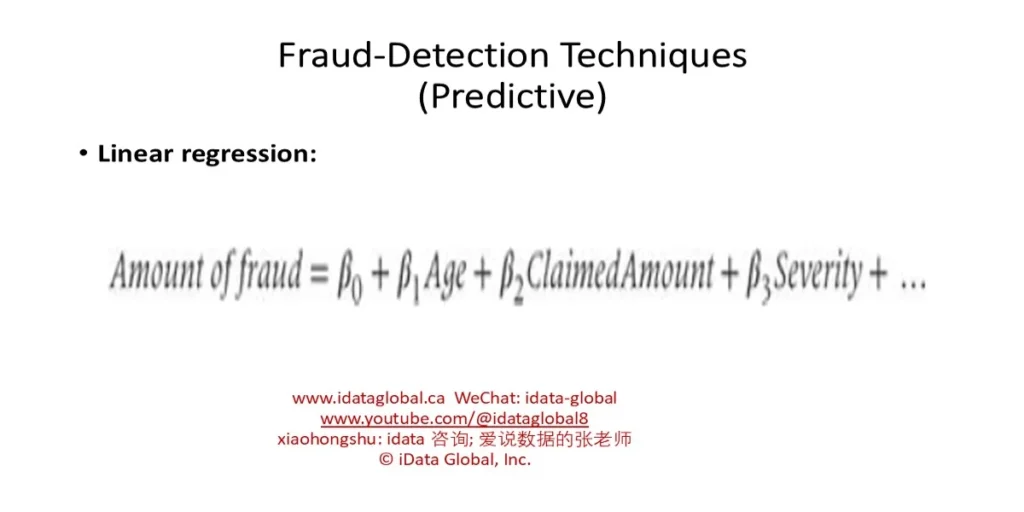
Fraud-Detection Techniques (Predictive)
- Linear regression:
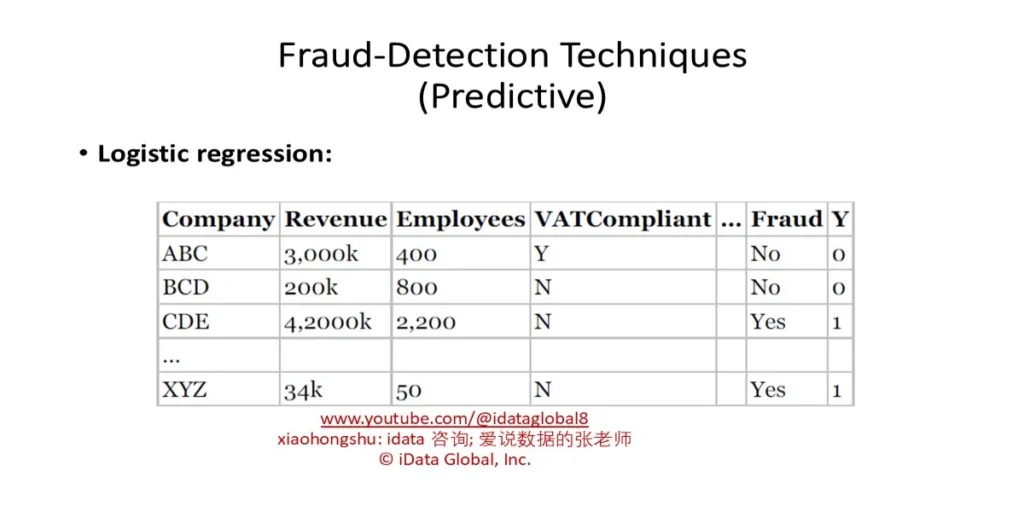
Fraud-Detection Techniques (Predictive)
- Logistic regression:
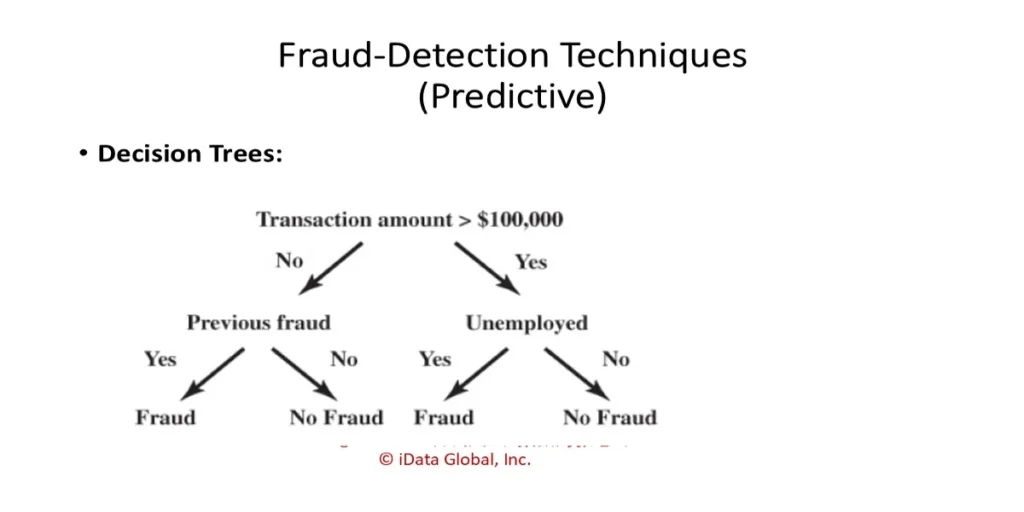
Fraud-Detection Techniques (Predictive)
- Decision Trees:
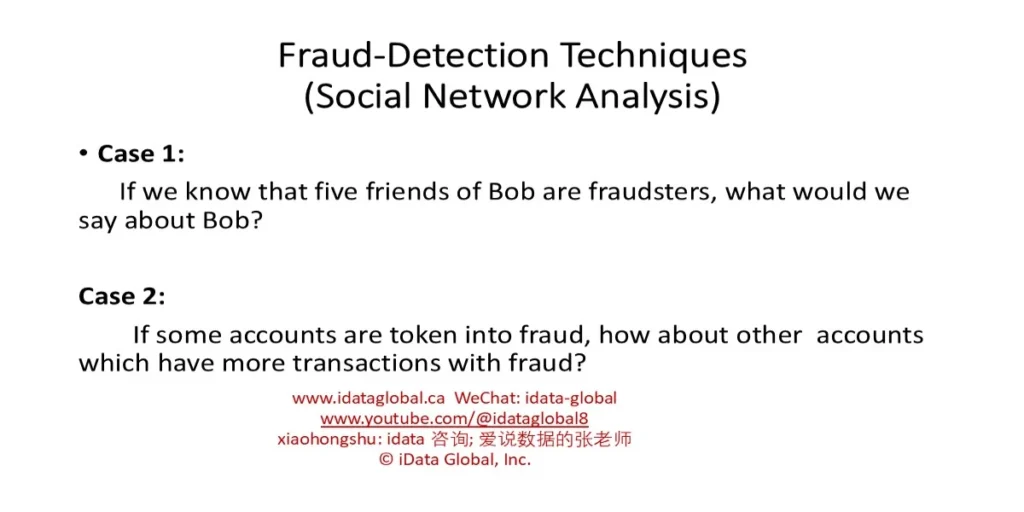
Fraud-Detection Techniques (Social Network Analysis)
- Case 1:
- If we know that five friends of Bob are fraudsters, what would we say about Bob?
- Case 2:
- If some accounts are token into fraud, how about other accounts which have more transactions with fraud?
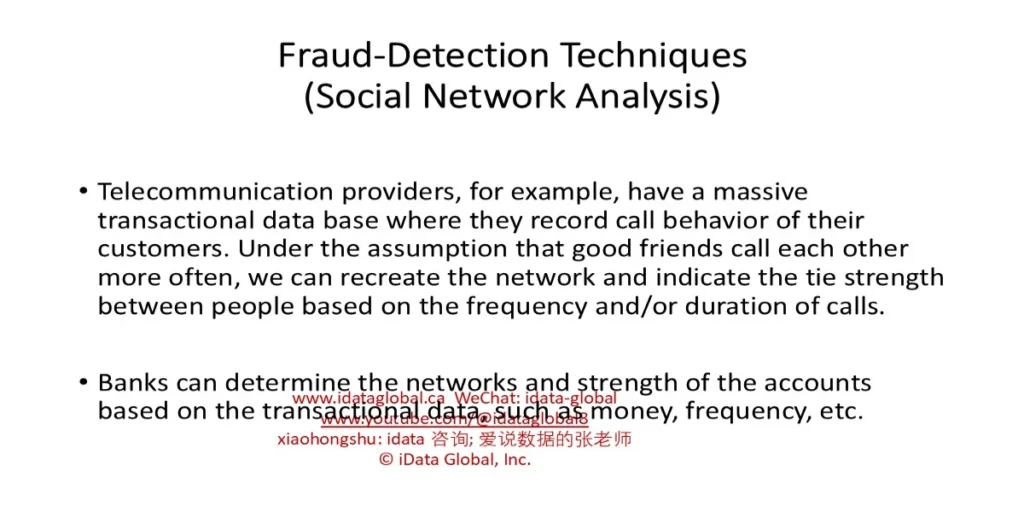
Fraud-Detection Techniques (Social Network Analysis)
- Telecommunication providers, for example, have a massive transactional data base where they record call behavior of their customers. Under the assumption that good friends call each other more often, we can recreate the network and indicate the tie strength between people based on the frequency and/or duration of calls.
- Banks can determine the networks and strength of the accounts based on the transactional data, such as money, frequency, etc.
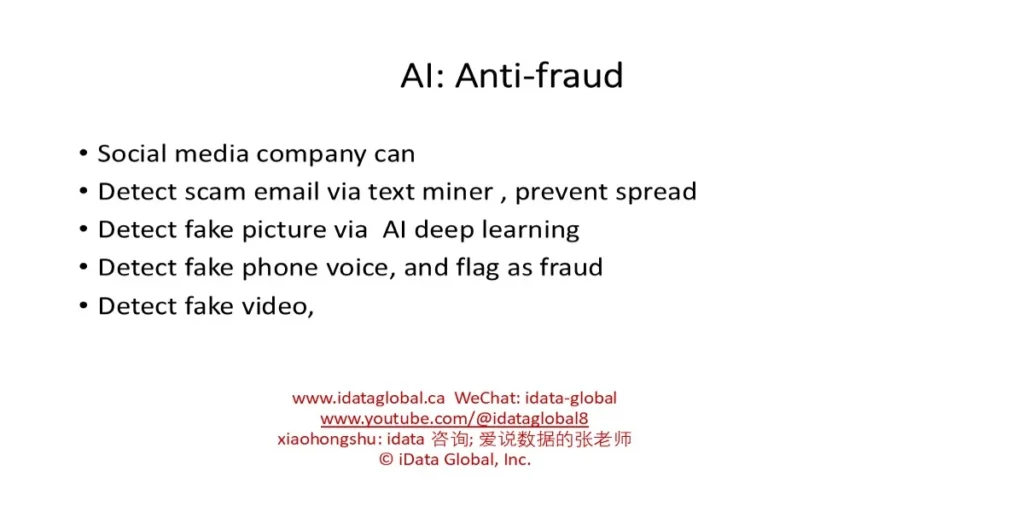
Social media company can
Detect scam email via text miner , prevent spread
Detect fake picture via AI deep learning
Detect fake phone voice, and flag as fraud
Detect fake video,
